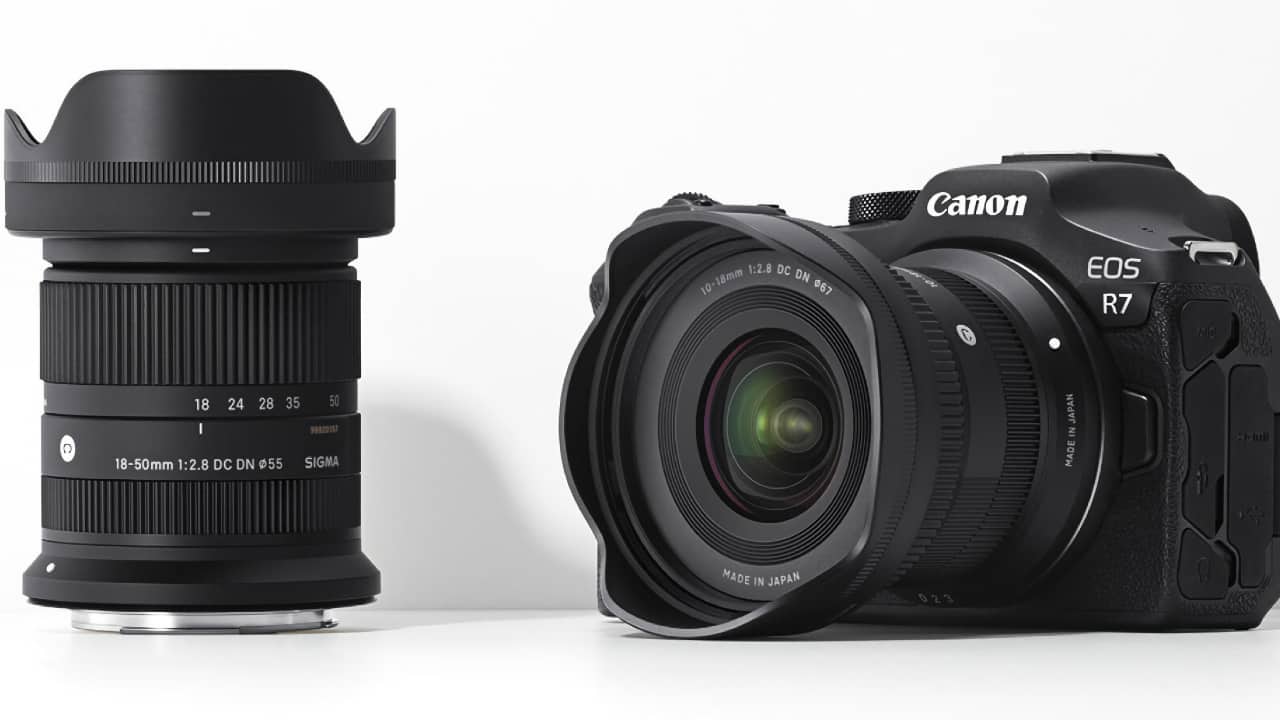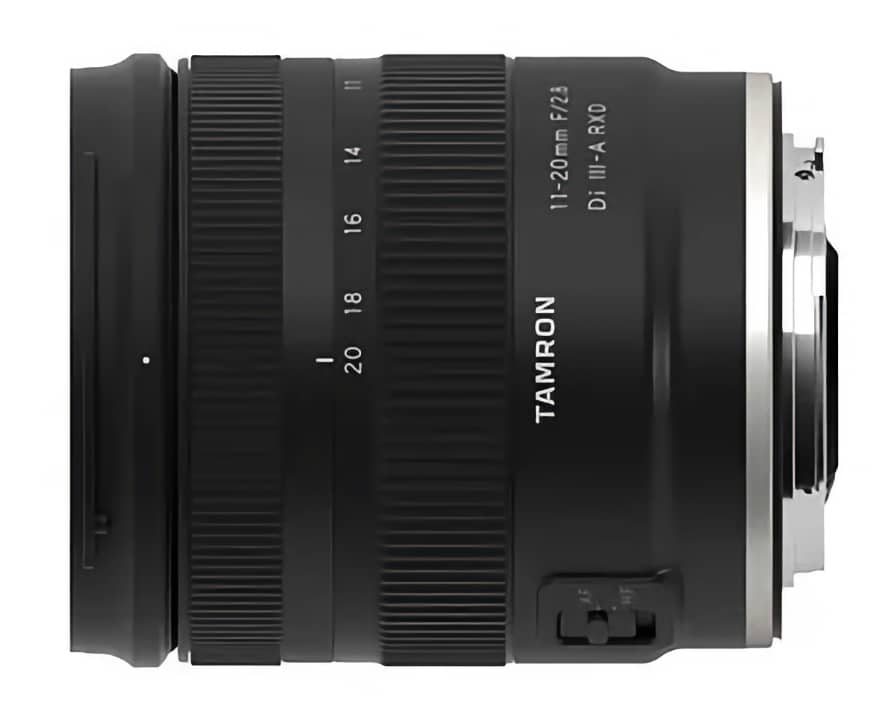
New and officially approved lenses from Sigma and Tamron finally breech the proprietary walls in Canon’s RF ecosystem, at least for APS-C cameras.
Sigma and Tamron both announced new lenses for the Canon RF mount system yesterday, indicating an end to the era where Canon would send cease and desist letters to anyone who tried to reverse engineer their glass to fit.
Sigma announced RF mount versions of six lenses all currently available for other mirrorless cameras: the 18-50mm f/2.8 DC DN, the 10-18mm f/2.8 DC DN, the 16mm f/1.4 DC DN, 23mm f/1.4 DC DN, 30mm f/1.4 DC DN, and 56mm f/1.4 DC DN. The 18-50mm F2.8 DC DN is coming in July, the other five are scheduled from the fall onwards.
“[The] Control algorithm including AF drive and communication speed optimization has been developed specifically for Canon RF Mount interchangeable lenses. In addition to realizing high-speed AF, the lens also supports AF-C (Continuous AF) , in-camera aberration correction (where supported) and in-camera image stabilization,” says a statement.
Tamron, meanwhile, made do with just the single new lens, the 11-20mm F/2.8 Di III-A RXD (Model B060, below), an ultra wide-angle zoom lens for APS-C mirrorless cameras. Launch for this is planned ‘within 2024’.

The coordinated release points to some behind the scenes discussions finally concluding, and marks a fairly major shift in Canon’s attitude towards third party glass when it comes to the RF mount. In fact, up until yesterday it remained the only one of the major camera manufacturers not to allow third parties to make fully supported lenses for its mirrorless range.
Basically its run a closed ecosystem for six years. In that time it’s managed to build up a stable of over 40 lenses, but obviously is looking at the current and future camera market and concluding that it can sell more cameras if it offers more choice. And 20% more lenses than at the start of the year is definitely more choice.
The speed with which this has happened has been surprising. When Peta Pixel reported on the sea change in Canon attitudes only last month, it talked about third party lenses being available “within the next couple of years” rather than the next few weeks. Users will be hoping now that these APS-C supporting lenses are fairly rapidly joined by third party options for its full frame range too.
Tags: Production Lenses Canon Sigma Tamron


Comments